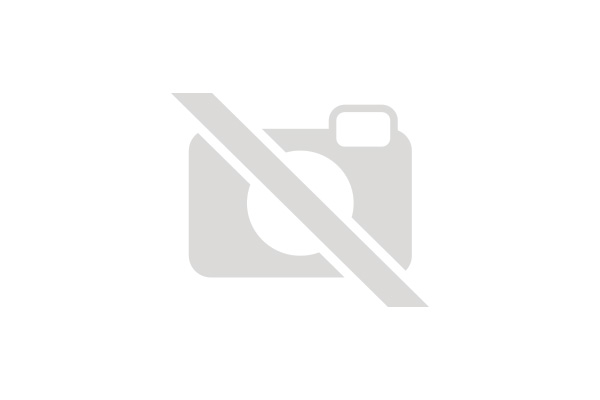
The traditional-spindle Dana 44 front axle has been used in 4x4s since the ’60s, and the Dana 44 center section has managed to find its way in everything from Jeeps, to Fords and Dodges, and even, believe it or not, the Nissan Titan. Part of that popularity comes from the fact that these axles are reliable, relatively simple, and easy to work on.
 Here’s the subject of our affection after it was pulled out from underneath the ’78 Bronco. If you look closely, you can see the broken U-joint in the passenger-side knuckle (foreground).
Here’s the subject of our affection after it was pulled out from underneath the ’78 Bronco. If you look closely, you can see the broken U-joint in the passenger-side knuckle (foreground).
So when we rescued an old ’78 Bronco that had been abandoned in a field, it was no surprise to find the original Dana 44 front axle underneath. It seems that the Dana 44 was also the reason the Bronco was abandoned in the first place: A broken U-joint in the passenger-side axleshaft probably made the unit practically undrivable even in two-wheel drive.
Fortunately, a Dana 44 isn’t too difficult to rebuild. And with the many thousands of units on the road, and in the junkyards, it isn’t too hard, or expensive, to find quality used replacement parts, either. We’re trying to get the Bronco back on the road complete with a few improvements without spending crazy amounts of cash, so the plan is to put the Dana 44 back together in stock form and get moving to other things on the to-do list.
The flopping axle beat up the bearings and seals pretty badly, so Randy’s Ring & Pinion put together a kit with all the consumables for the old Dana including bearings, races, seals, ball joints, and new U-joints. Next, a quick search on eBay scored us a used axleshaft out of Utah for $90. It wasn’t pretty, but compared to the going rate of $200 or more for a new OEM replacement, we could deal with a little grunge.
Rebuilding a Dana 44 is relatively simple. We do recommend a hydraulic press to remove the pressed-in ball joints along with a bearing puller, but otherwise, everything else can be accomplished with simple hand tools. Follow along and see for yourself.
PhotosView Slideshow


























